Amaryllis Flower Varieties: Different Types Of Amaryllis
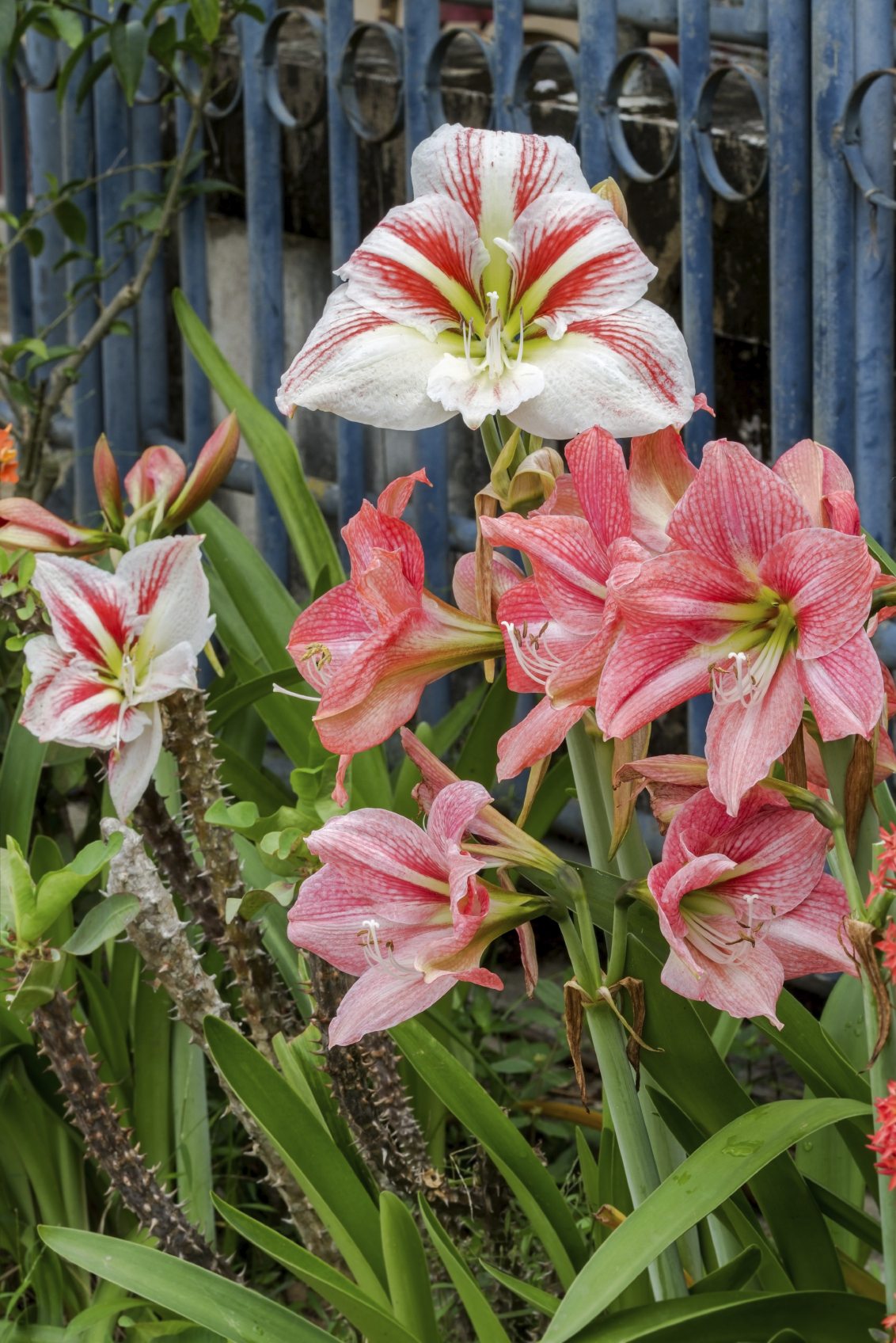

Amaryllis is a blooming bulb that produces spectacular blooms measuring up to 10 inches (25 cm.) across, atop sturdy stalks up to 26 inches (66 cm.) tall. Most common amaryllis varieties produce two stems per bulb, each with four blooms, although some cultivars may produce six blooms. For those interested in amaryllis care, this winter-blooming stunner is available in a variety of shapes and colors; in fact, almost too many different types of amaryllis to count. Read on to learn about just a few of the many amaryllis flower varieties on the market.
Varieties of Amaryllis
With so many types of amaryllis to choose from, it can be overwhelming when choosing one to grow indoors or in the garden. To make things a little easier, here are some of the most popular amaryllis varieties.
Large Flowering Amaryllis Varieties
These are classic flowers with big blooms in single layers of petals. Common types to choose from this group of amaryllis include:
- Clown – Types of amaryllis flowers include this cheery cultivar with pure white petals and bright red stripes.
- Picotee – Another type of amaryllis flower with large, white flowers and a slender band of red on the edges of the blooms. Lime green throats provide contrast.
- Ruby Star – This cultivar boasts pointy, star-shaped blooms with burgundy petals contrasted with white and lime green, star-shaped throats.
- Desire – The many colorful varieties of amaryllis include Desire, which produces blooms in a warm shade of sunset orange.
- Apple blossom – This old favorite amaryllis boasts white petals with blushes of soft pink contrasted by lime green throats.
Double Flowering Varieties of Amaryllis
These amaryllis flowers contain several layers of petals to create a rich, full appearance. Good picks here include the following:
- Red Peacock – As the name suggests, this cultivar shows off deep red blooms with accents of narrow, white stripes running down the center of the petals.
- Dancing Queen – This frilly double variety has layers of pure white petals that provide a full, fluffy look. The red candy stripes create real pizzazz.
- Snow Drift – As you would expect, this multi-petaled variety displays billowy, pure white flowers.
- Nymph – This is another snowy white cultivar, this time with subtle streaks of salmon.
Exotic Amaryllis Varieties
Strange, weird, and wonderful types of amaryllis flowers are included in this group. Good choices are:
- Chico – An eye-catching variety with slender, spidery petals of creamy ivory. Markings of reddish purple and pale green provide a tropical appearance.
- Santiago – Snow-white, trumpet-shaped blooms provide a background for ruby red stripes and lime green throats. Amaryllis isn’t typically fragrant, but this is one exception.
- Misty – Another fragrant variety, Misty displays broad, white, trumpet-shaped flowers with blushes of rosy pink.
- Papillio Butterfly – As you might expect, reddish purple stripes with a hint of green against white petals give this variety a butterfly-like appearance.
Gardening tips, videos, info and more delivered right to your inbox!
Sign up for the Gardening Know How newsletter today and receive a free copy of our e-book "How to Grow Delicious Tomatoes".

A Credentialed Garden Writer, Mary H. Dyer was with Gardening Know How in the very beginning, publishing articles as early as 2007.
-
 Types Of Tomatoes Explained: Explore The Many Wonderful Shapes, Colors, Flavors, & Best Uses
Types Of Tomatoes Explained: Explore The Many Wonderful Shapes, Colors, Flavors, & Best UsesThe world of tomato varieties is vast and fascinating. Learn about the key types to grow in your garden, tailored to your preferences and space.
By Amy Grant
-
 Try The Trend – Turn Any Bed Into A Keyhole Garden With This Clever In-Ground Composter
Try The Trend – Turn Any Bed Into A Keyhole Garden With This Clever In-Ground ComposterKeyhole gardening is an efficient and sustainable practice that saves space. Get started on this DIY project quickly and easily with an in-ground composter.
By Bonnie L. Grant
-
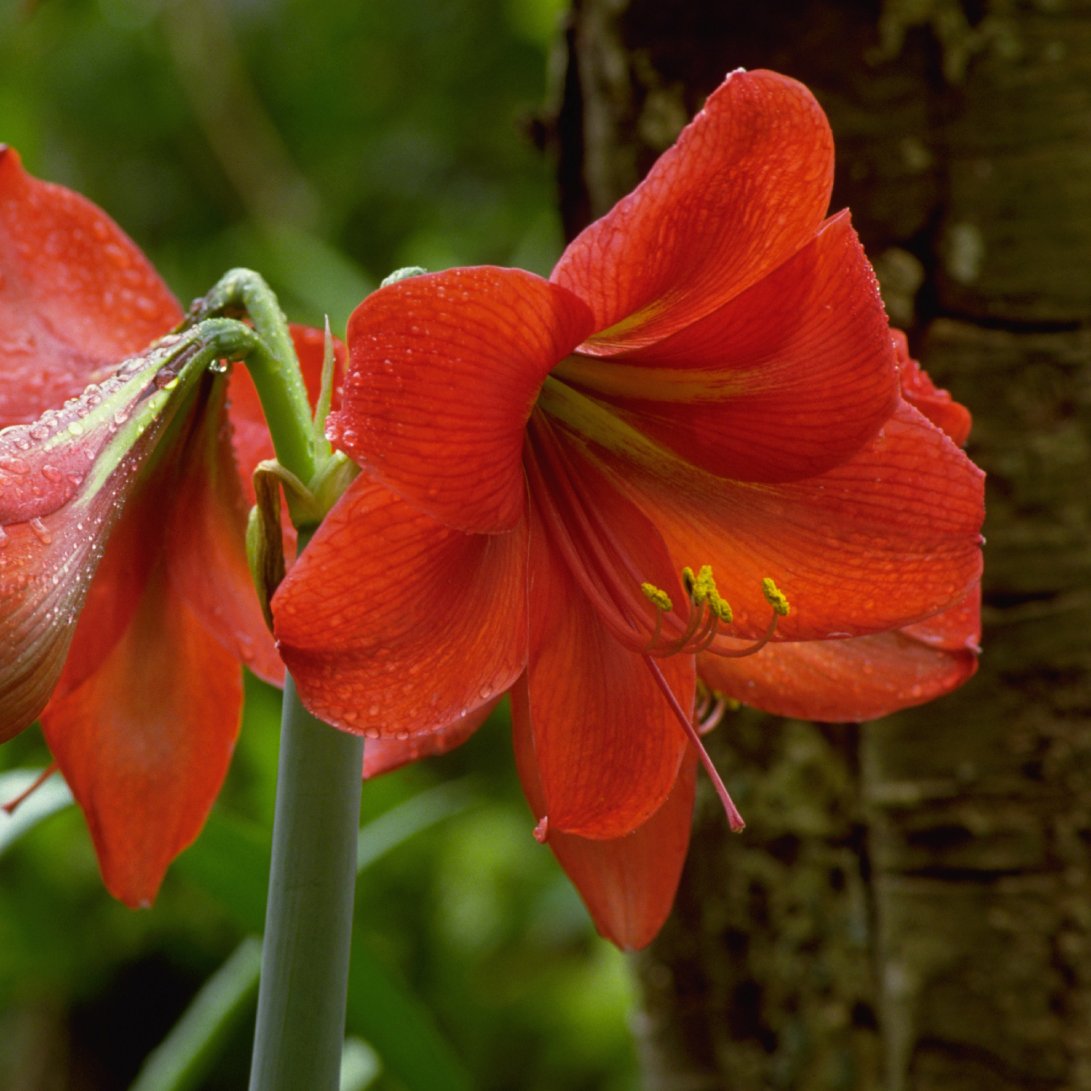 Amaryllis Southern Blight Disease: Recognizing Amaryllis Southern Blight Symptoms
Amaryllis Southern Blight Disease: Recognizing Amaryllis Southern Blight SymptomsBy Mary Ellen Ellis
-
 Amaryllis Has Leaf Scorch – Controlling Red Blotch Of Amaryllis Plants
Amaryllis Has Leaf Scorch – Controlling Red Blotch Of Amaryllis PlantsBy Tonya Barnett
-
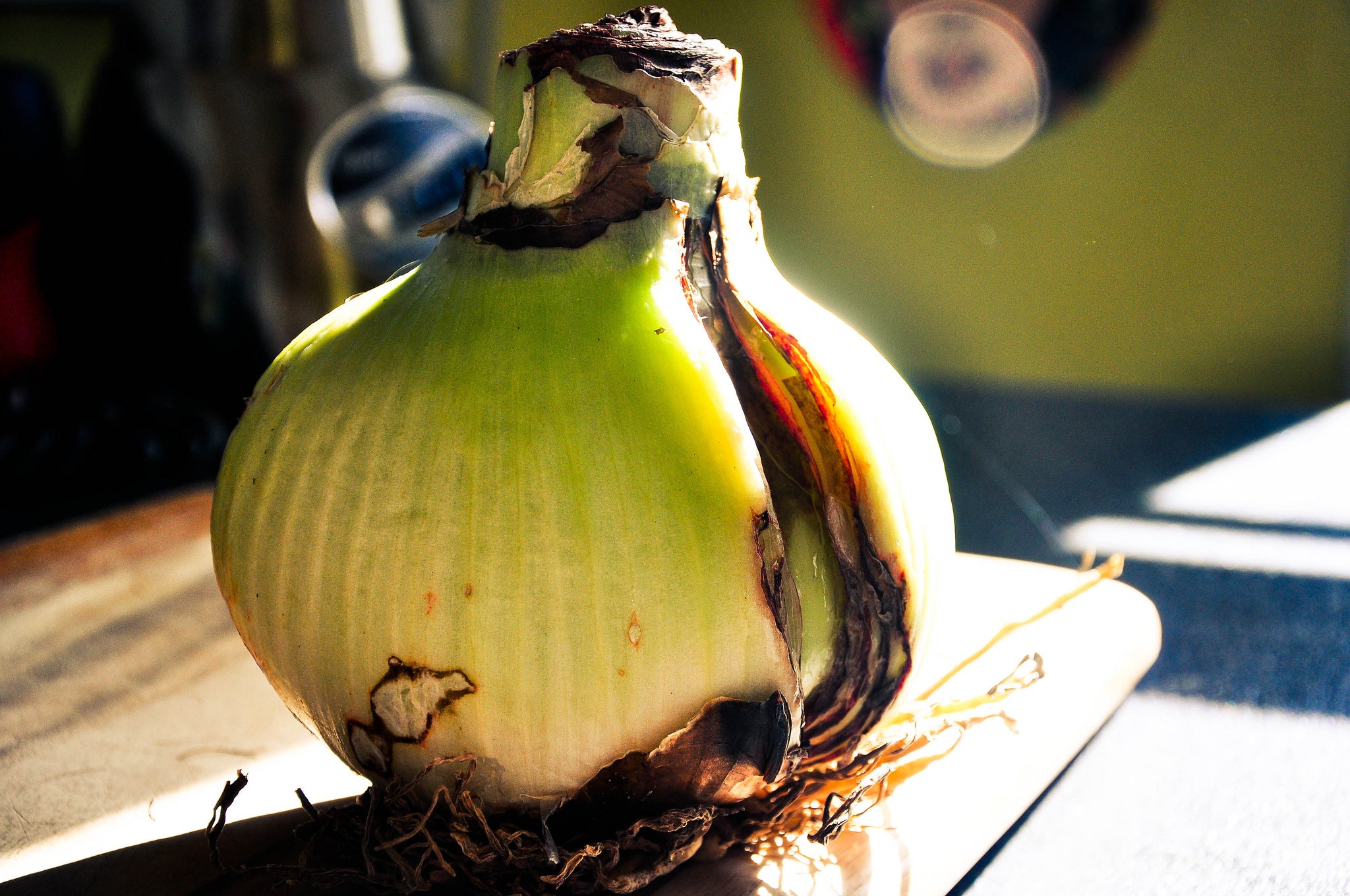 Amaryllis Bulb Rot – What Causes Rotten Amaryllis Bulbs
Amaryllis Bulb Rot – What Causes Rotten Amaryllis BulbsLike many potted plants, diseases and issues related to fungal infections can be detrimental to the development of the plant and may even cause it to die before it is able to bloom. Amaryllis bulb rot is one such issue. Learn more about this problem in the following article.
By Tonya Barnett
-
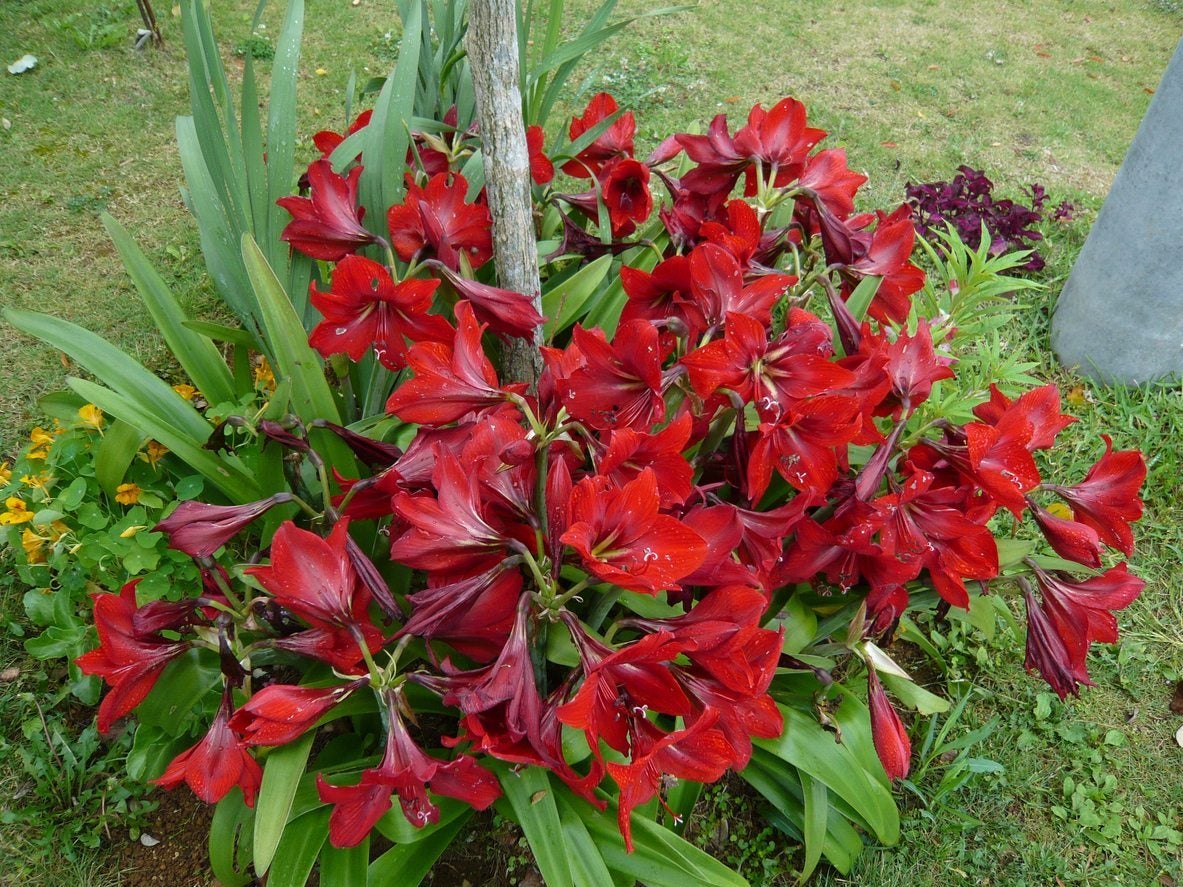 Separating Amaryllis Plants: How To Divide Amaryllis Bulbs In The Garden
Separating Amaryllis Plants: How To Divide Amaryllis Bulbs In The GardenLike many bulbs, in time and with the right environmental conditions, outdoor amaryllis bulbs will reproduce and naturalize. Amaryllis plant division is not only a way to control amaryllis colonies, but it also keeps plants healthy. Click here to learn more.
By Darcy Larum
-
 Complete Guide To Repotting Amaryllis – For Better Blooms & A Healthier Plant
Complete Guide To Repotting Amaryllis – For Better Blooms & A Healthier PlantAmaryllis plants don't need a lot of elbow room, but they do have to be repotted every 3-5 years. Wait until they're dormant and pick a slightly bigger pot.
By Teo Spengler
-
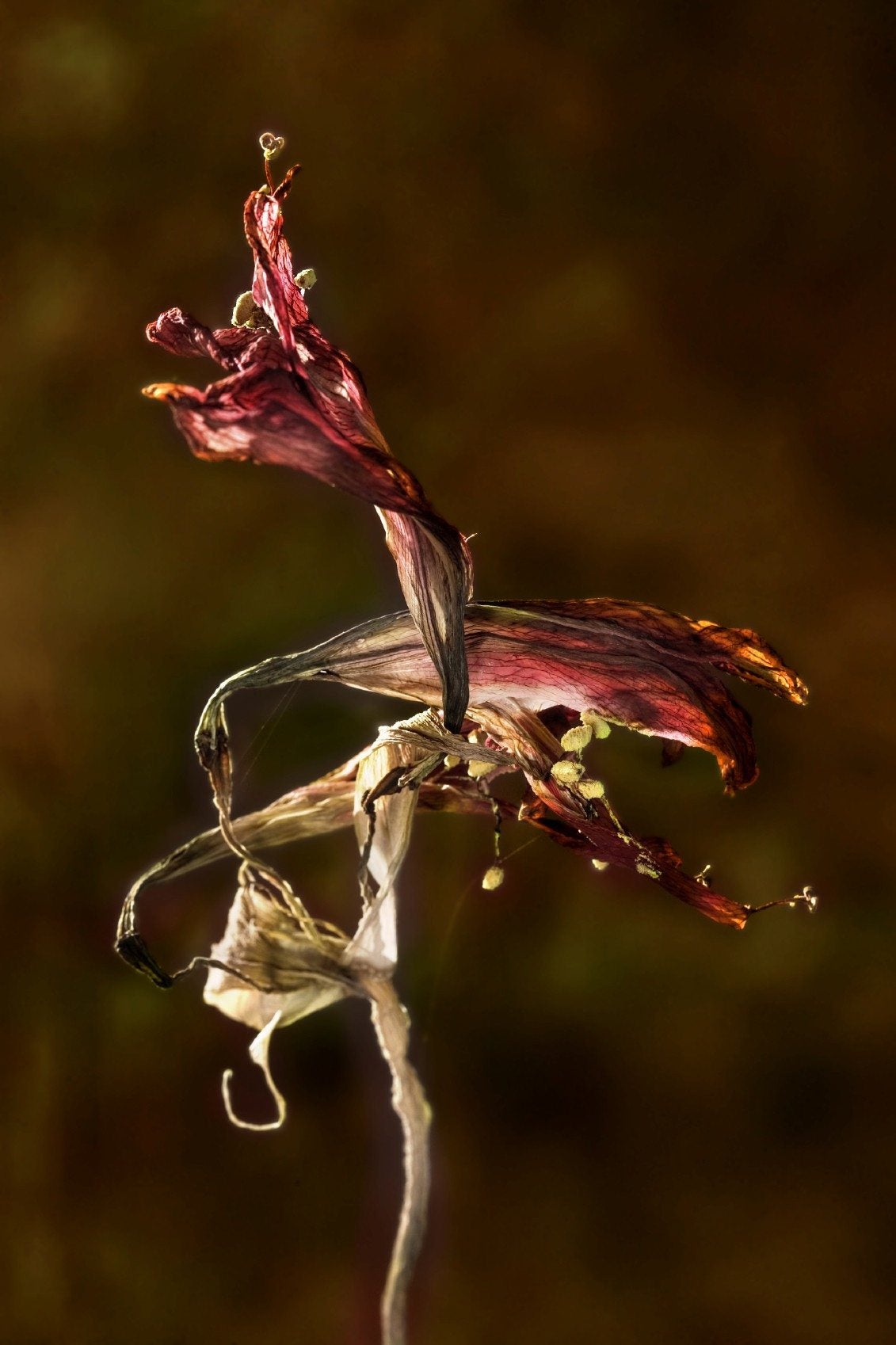 Amaryllis Seed Propagation: How To Plant An Amaryllis Seed
Amaryllis Seed Propagation: How To Plant An Amaryllis SeedIf you have some patience, you can produce and germinate your own amaryllis seed pods. Learn more about amaryllis seed propagation and how to plant an amaryllis seed in the article that follows. Click here for more information.
By Liz Baessler
-
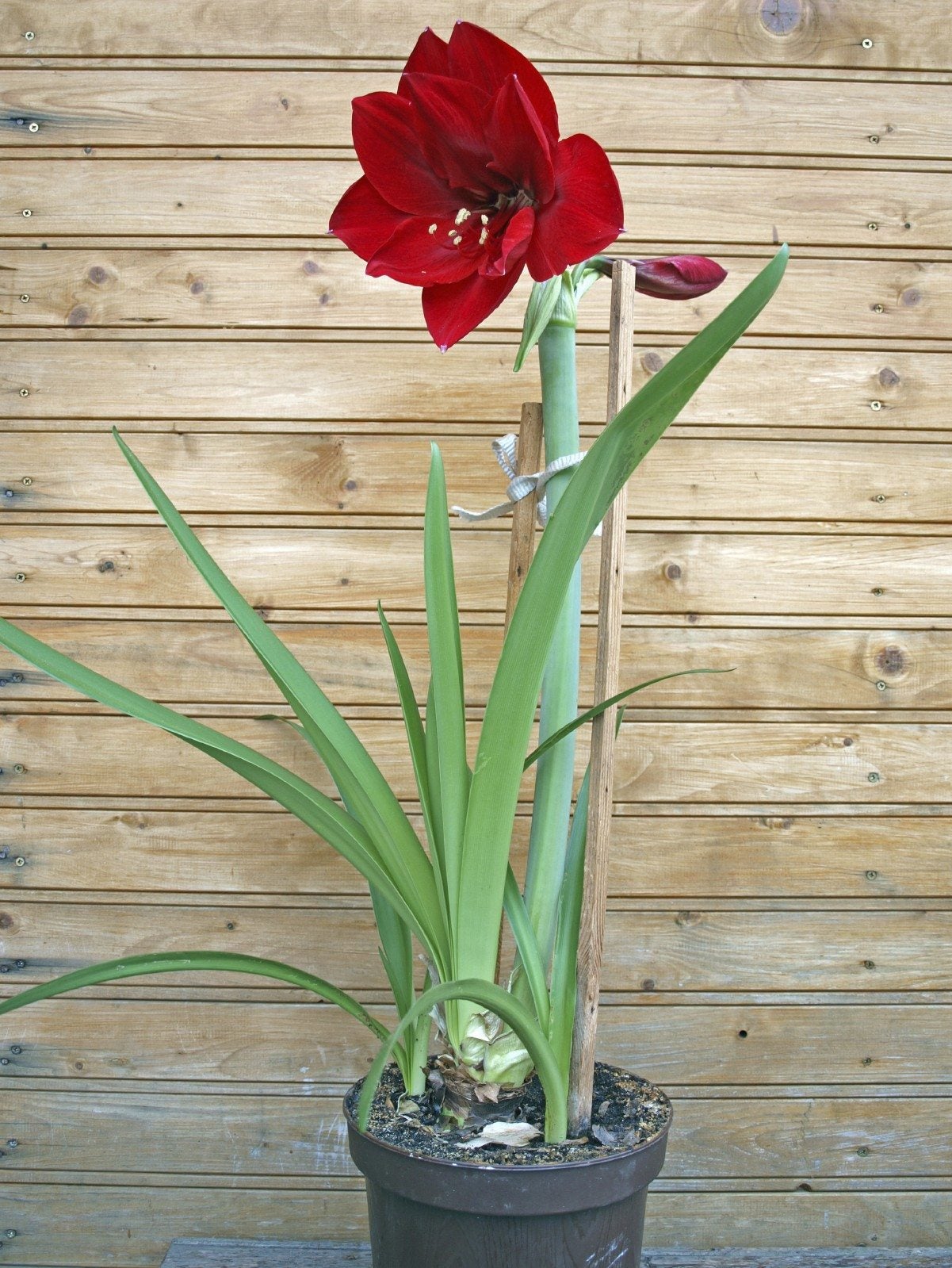 Staking An Amaryllis: Types Of Amaryllis Support Stakes
Staking An Amaryllis: Types Of Amaryllis Support StakesThe tall amaryllis stalks grow from bulbs, and each stalk bears four huge blooms. If your blooming plant gets top-heavy, you might need to learn about staking an amaryllis. Click this article for information about what to use for amaryllis plant support.
By Teo Spengler
-
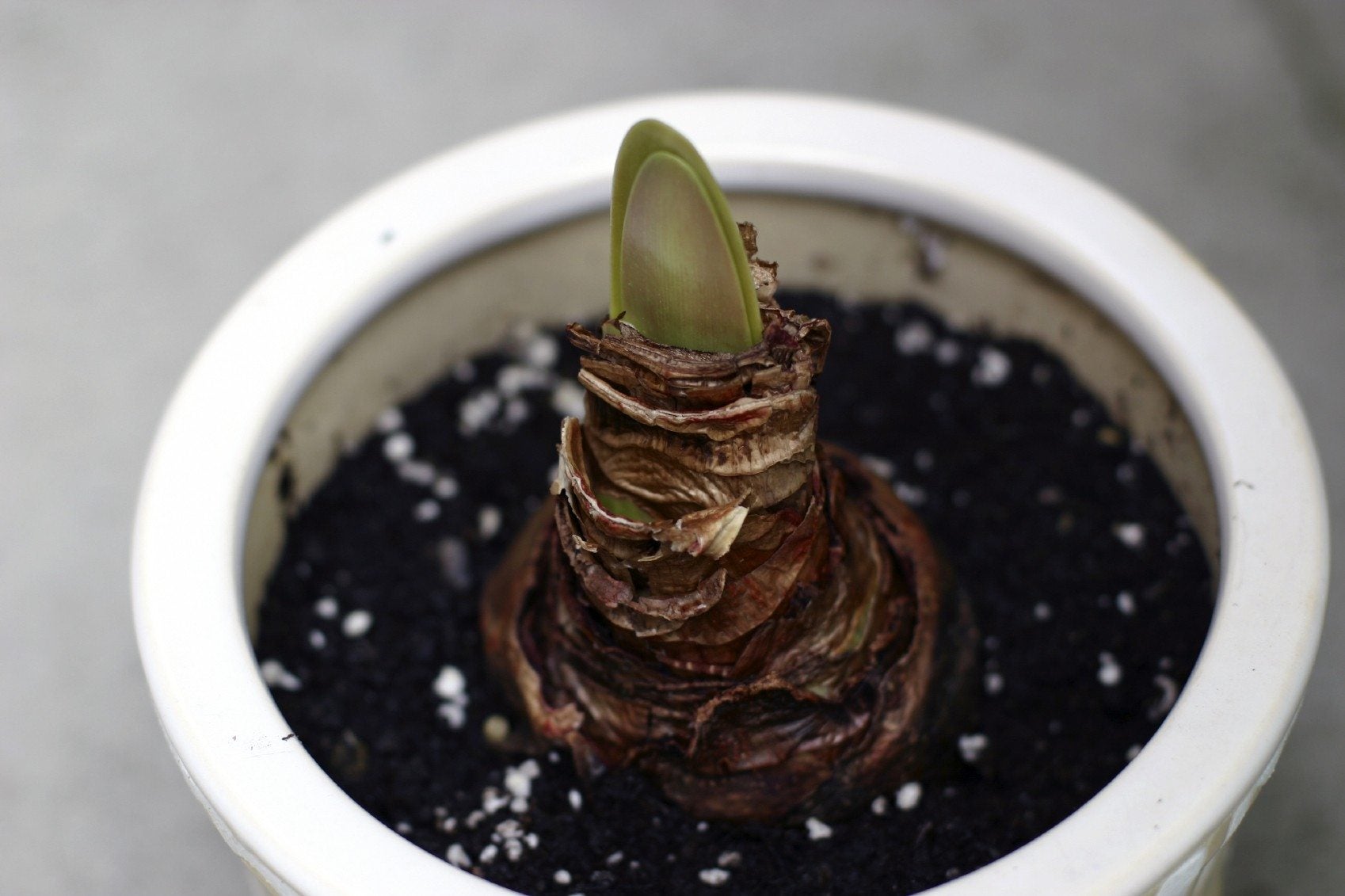 Soil For Amaryllis Plants – What Kind Of Soil Does Amaryllis Need
Soil For Amaryllis Plants – What Kind Of Soil Does Amaryllis NeedBecause it blooms in winter or early spring, amaryllis is almost always kept in a pot indoors, so you have more say in the kind of soil it grows in. So what kind of soil does amaryllis need? Learn about amaryllis soil requirements in this article.
By Liz Baessler